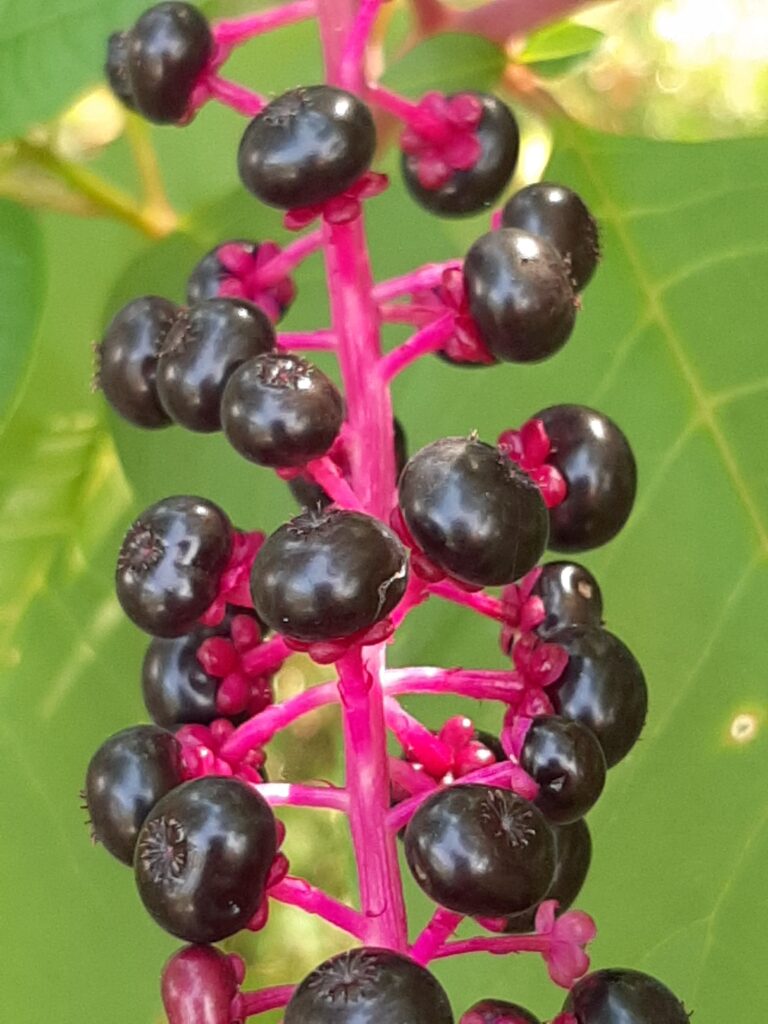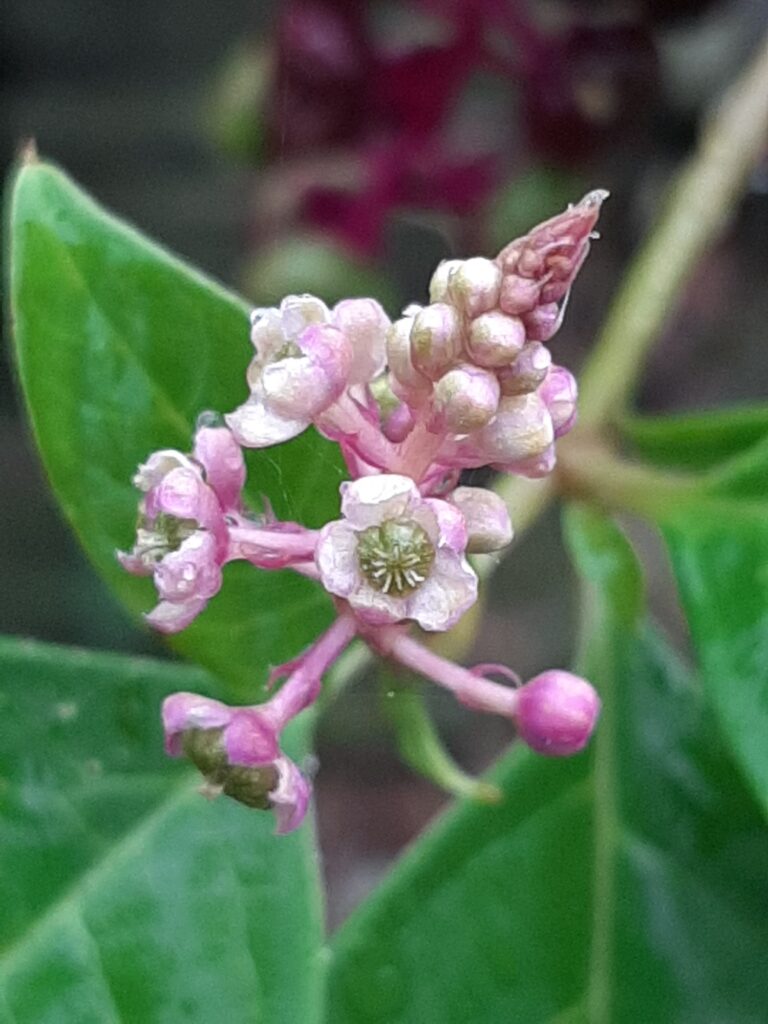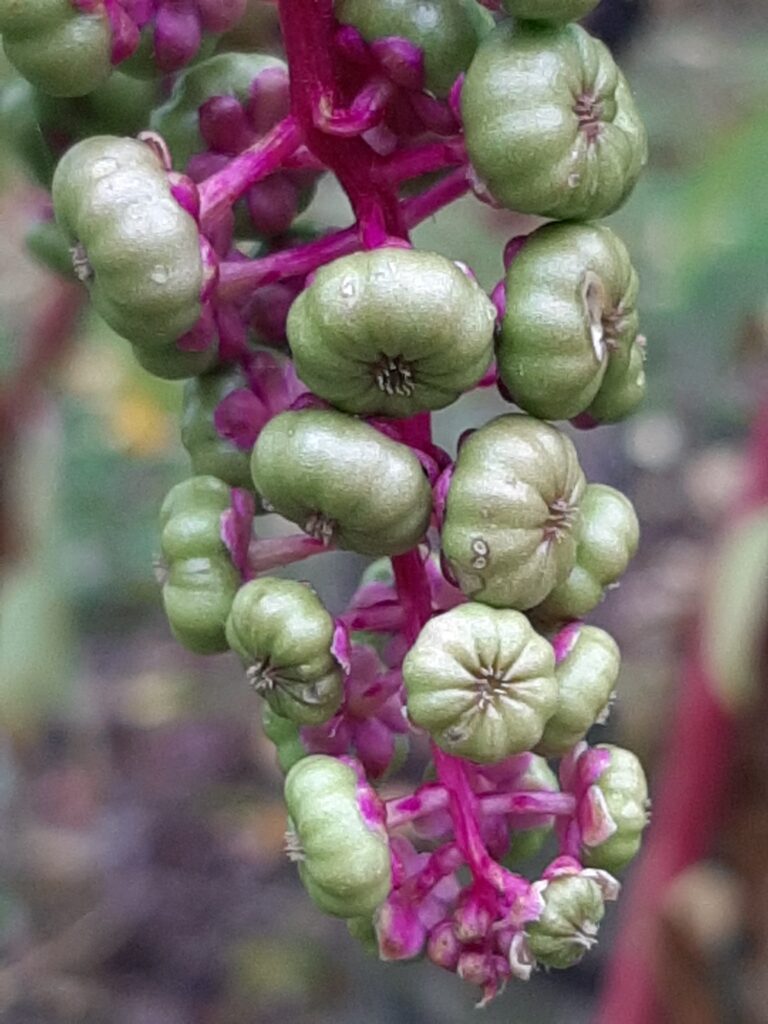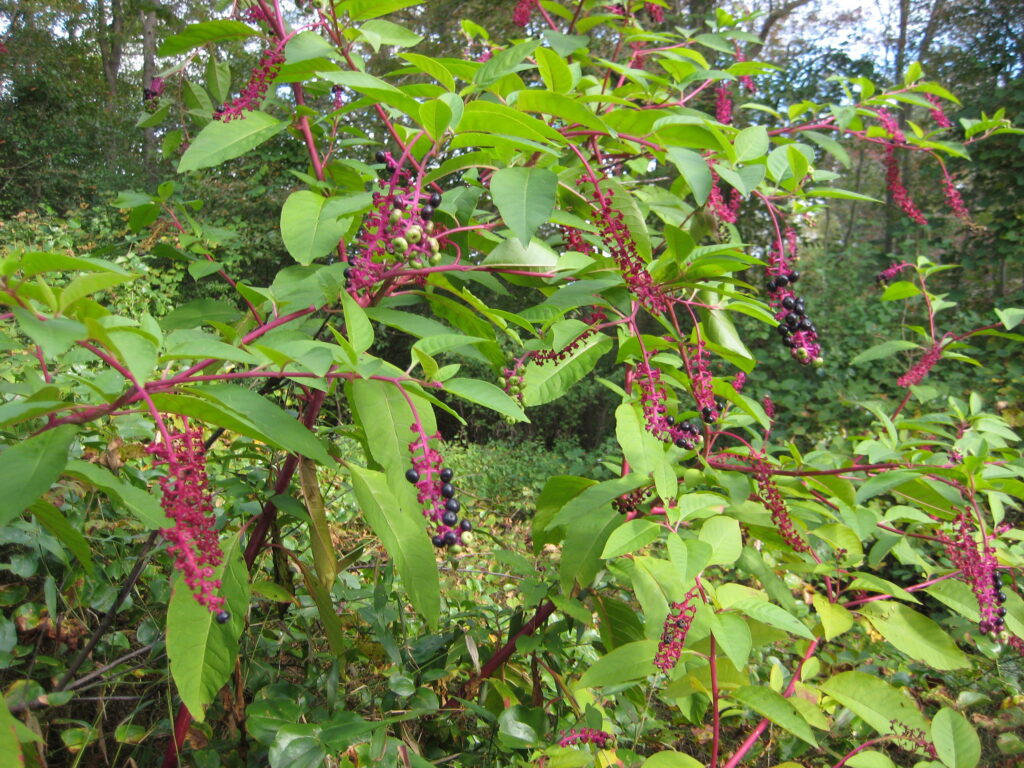 Several years ago, I went to a spring plant sale on a mission. I was determined to break out of the mold of my usual zinnias and marigolds, and plant something different–something unusual, colorful, gorgeous, more exciting than petunias and pansies. I wanted something that would last, so I wouldn’t have to stock up on flats of annuals every spring. I wanted something different, that would really make a statement.
Several years ago, I went to a spring plant sale on a mission. I was determined to break out of the mold of my usual zinnias and marigolds, and plant something different–something unusual, colorful, gorgeous, more exciting than petunias and pansies. I wanted something that would last, so I wouldn’t have to stock up on flats of annuals every spring. I wanted something different, that would really make a statement.
I shopped around the enticing rows of plants with strange and unfamiliar names. I considered graceful ferns, flowering shrubs, fragrant herbs. Then I came face-to-face with a gangly, strange-looking character.
A few floppy oval leaves were balanced on a purplish stem jutting out of the plastic pot. “Pokeweed,” the label declared, adding helpfully that it was a native plant. This piqued my interest, as I know that native plants are important for wildlife, and pollinator numbers are decreasing, and all that. Always mean to plant more natives. The plant was certainly not gorgeous, but it was kind of endearing, like a floppy-eared old hound. So I splurged (three dollars) and lugged my new pokeweed home.
I gave it a favored spot in the garden and waited confidently to see what would happen. And the first year, what happened was nothing much. A few leaves poked out of the earth, just sort of sat there all summer, and then turned brown in the fall. Second year, same thing. A low cluster of oval leaves, no fruit, no flowers, nothing. Third year, same. Fourth year, same. I want my three dollars back.
But the next year, something happened. Nothing I did, for sure. Was it the stars aligning, or the right weather, or maybe the root had just finally gathered enough strength for the energy-draining business of reproduction, but for whatever reason that pokeweed finally started growing.
By May, it was knee high. In June it was shoulder high. And then it really took off. By summer the plant had hit twelve feet and showed no signs of stopping. A wealth of verdant leaves shaded the garden corner. But the best part was the flowers.  Now an individual pokeweed flower is unremarkable—a small yellowish-white blossom. But dozens of them are strung on long clusters, and they were constantly surrounded by a cloud of tiny insects. Not the showy pollinators, the swallowtails or honeybees. These were little native bees and wasps and beetles, none of them bigger than a grain of rice. For all those tiny, unnoticed pollinators, pokeweed was the lifeline they’d been looking for.
Now an individual pokeweed flower is unremarkable—a small yellowish-white blossom. But dozens of them are strung on long clusters, and they were constantly surrounded by a cloud of tiny insects. Not the showy pollinators, the swallowtails or honeybees. These were little native bees and wasps and beetles, none of them bigger than a grain of rice. For all those tiny, unnoticed pollinators, pokeweed was the lifeline they’d been looking for.
And all those native species of insects are crucial for the food chains of songbirds. These little bugs are the kind of thing that hummingbirds feed their young. This is the kind of high-energy food that bluebirds and kinglets and warblers need.
In fall, the pokeweed situation just got better. The inconspicuous whitish flowers metamorphosed into dangling chains of ruby-colored berries strung on purple stems. Did I mention I’d been looking for colorful and gorgeous?
 Pokeweed berries are high-quality nutrition for cardinals, mockingbirds, catbirds, phoebes, mourning doves, cedar waxwings, etc. A big pokeweed like this could really make a difference for bird life. Do note though: sadly, those magnificent berries are toxic to humans, so this is not the best plant for a children’s yard.
Pokeweed berries are high-quality nutrition for cardinals, mockingbirds, catbirds, phoebes, mourning doves, cedar waxwings, etc. A big pokeweed like this could really make a difference for bird life. Do note though: sadly, those magnificent berries are toxic to humans, so this is not the best plant for a children’s yard.
My pokeweed now returns faithfully every year, although it never got so enormous again—now it settles in at a modest chin height. But here and there on the edges of the lawn I’m noticing pokeweed popping up among the non-native Queen Anne’s lace and crabgrass and honeysuckle. That one big plant was a reservoir for seeds, which birds are now spreading around my farm. Planting one native plant—just one!—can really make a difference. It can slowly help to turn a garden into a habitat; a welcoming place that will nurture pollinators and songbirds.






What a great story!